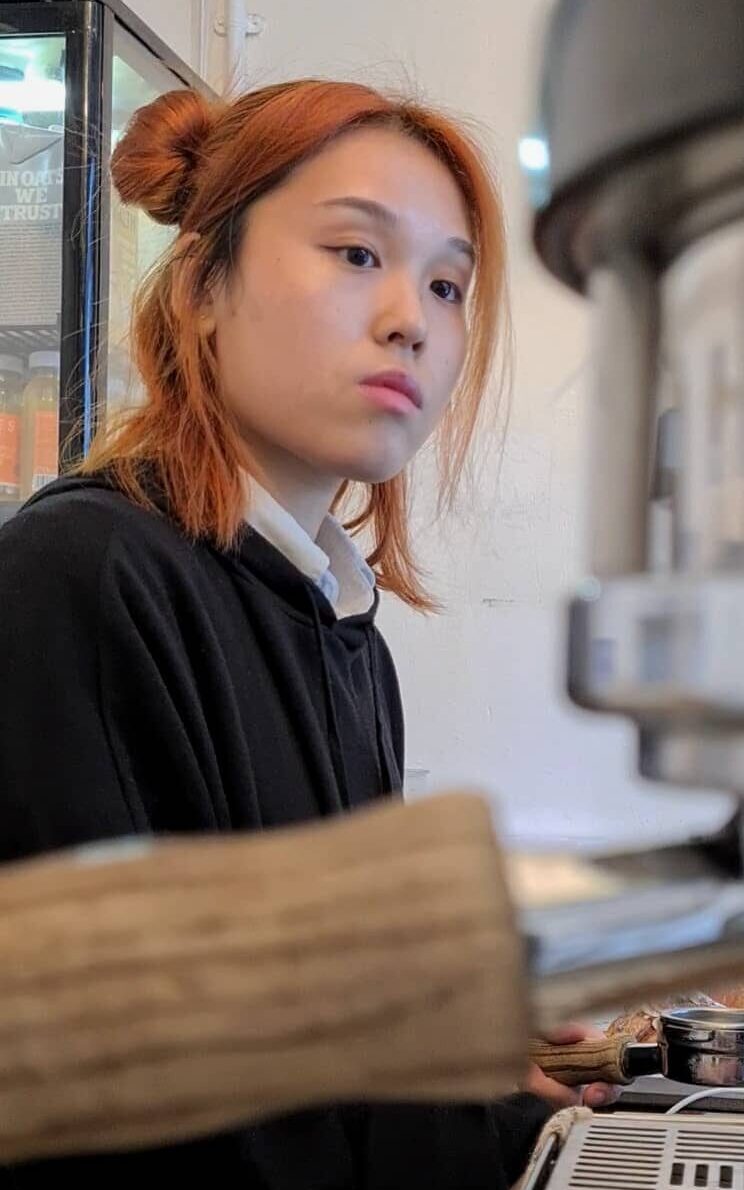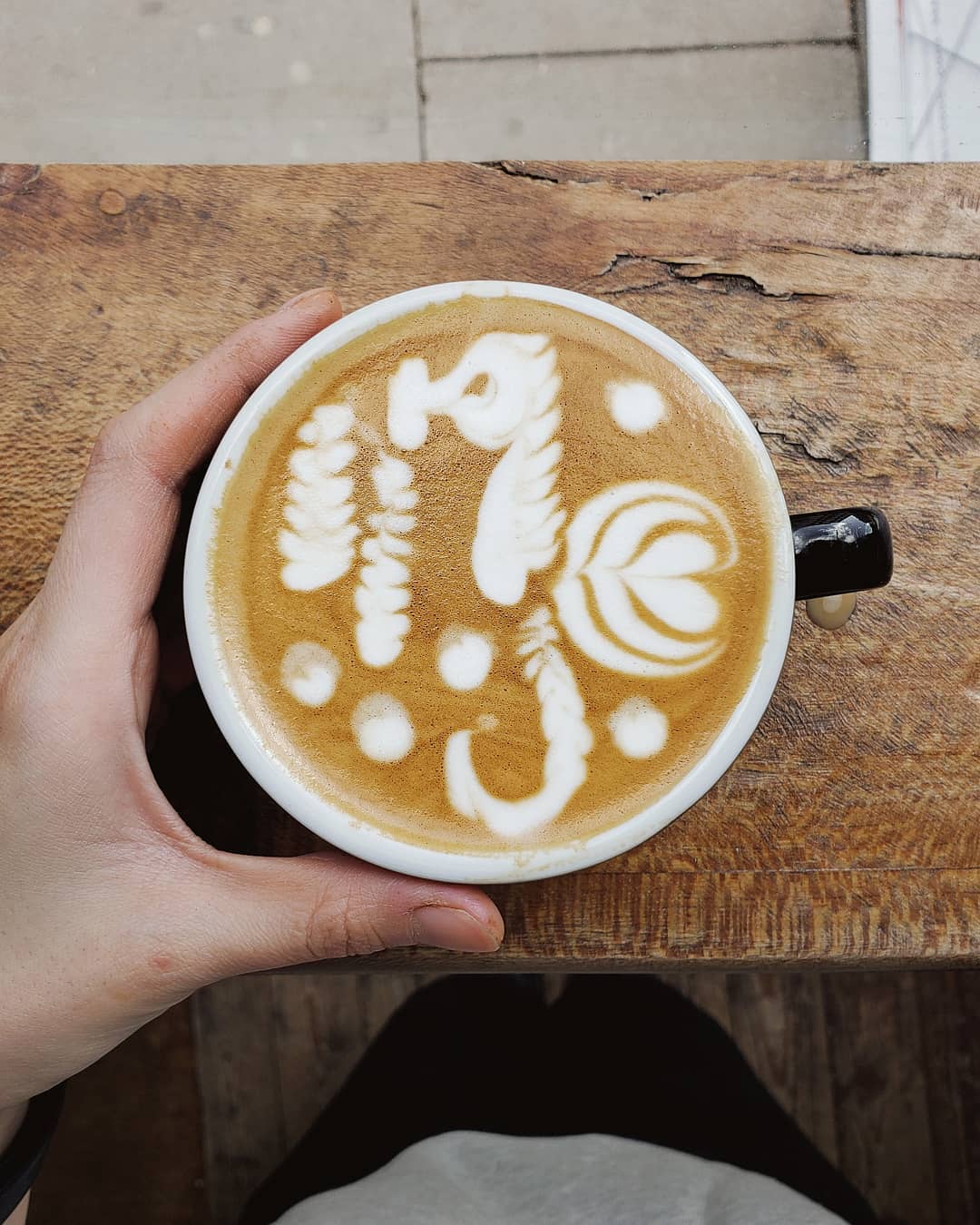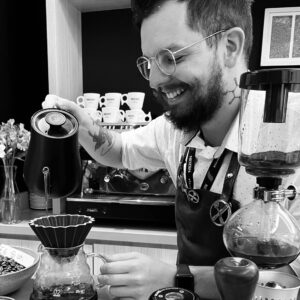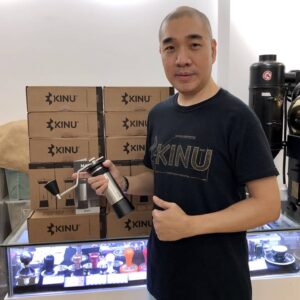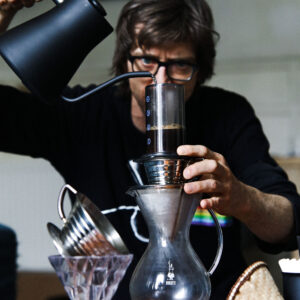Description
What does coffee mean to you?
”To me, coffee is a lifestyle. There is so much more than seeing it as just a cup of bitter and dark liquid. I try to make drinking coffee fun for myself. I like to go café hopping and see how each place serves me differently. I secretly observe the baristas and take note of what I like and don’t like (for self-improvement purposes).
Jessie Gao

”I took upon a part-time Barista role at my university and fell in love with practicing my latte art. I then started working as a full-time Barista at a specialty coffee shop in West London in 2019 and started focusing on my customer service skills and quality control. As I always had a passion for mentoring, I became the Coffee Trainer/Head of Coffee just after 4 months. I was developing new coffee recipes, maintaining quality control, and training new employees. I am still quite surprised that I could accomplish so much without any further SCA training. I self-taught all of my coffee skills through YouTube and A LOT OF practice.
I am in Marketing and Operations at the moment. I will be continuing my postgraduate studies in MA Curating and Collections in London starting September 2021, so, unfortunately, I will not be able to work full time in the coffee industry any time soon. However, I will continue to share my coffee journey on my YouTube channel. I will primarily focus on the inclusivity and accessibility of coffee knowledge, plus some visual brewing guides. Ultimately, I am planning to create a creative hub/multifunctional space that features a coffee section in a few years. I met some amazing people in the coffee industry along the way, so hopefully, I will be a part of it again (after I finish my postgraduate degree)!
Jessie Gao
Detailed Guidance
Rinse an Aesir Filter. If not available, rinse 2 traditional AeroPress paper filters
What makes this recipe so special?
Makes a medium to the heavy body for people who like intense filter coffee. Very easy and quick recipe. Slightly bitter when it’s hot. Can extract rich and sticky molasses sweetness. Floral and fruity notes come out when the coffee is cool. A very fun recipe to
play with La Cabra’s coffee. I used it for Altos Typica and Potosí, it came out very interesting.
How to grind coffee?
Grind setting 1 to 10
1. Extreme fine grinding
<200-200 µ – Extra Fine (I) (confectioners sugar)
2. Finest grinding
300 µ – Fine II (flour)
3. Fine grinding
4. Medium-fine grinding
5-6.Medium grinding
7. Medium-coarse grinding
8. Coarse grinding:
9. Coarsted grinding
10. Extreme coarse grinding
1500-1600 µ – Coarse II (coarse kosher salt)






